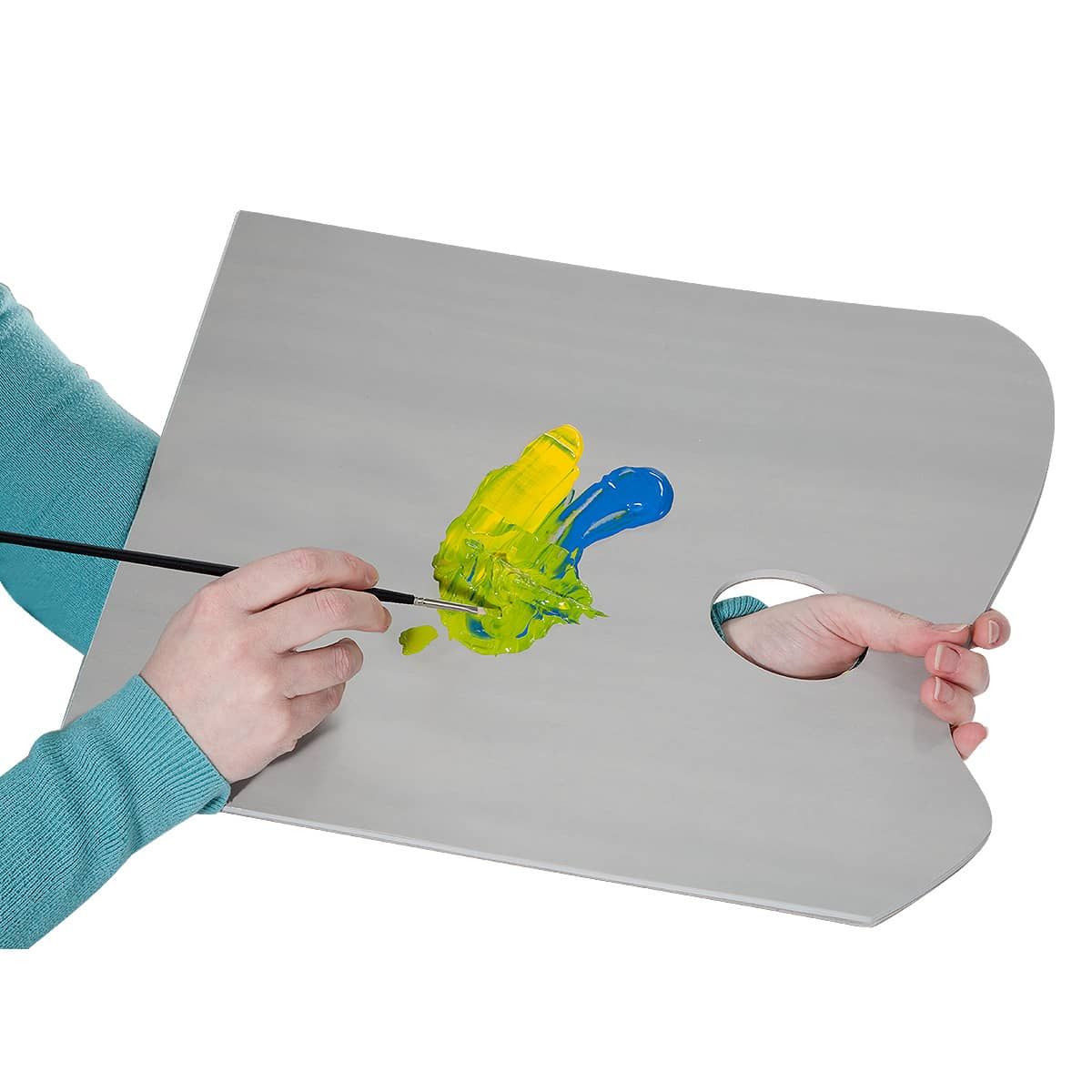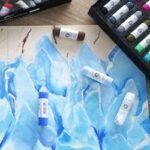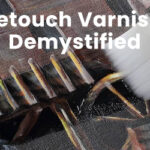Practice Makes Perfect – Tips For The Art of Practice
Effective practice is one that strengthens your weakest points
Very few and very rare human beings in history have been enormously talented in one area by means of a seeming natural ability. As for the rest of us, to become skilled at our desired hobby, we must practice. And as they say, practice makes perfect. Dancers fit their toes into their ballet slippers most days of the week and yogis practice their contortionist body bends regularly to get better all the time. Writers are told they must spend X amount of hours putting their pen to the page. So too must artists paint or draw nearly on a daily basis.
But, just like any form of exercise, there is a “right” way and a “wrong” way to do it. Here are a few tips and things to remember to help you practice and become a better artist:
- An effective practice is one that strengthens your weakest points. When it comes to your art, you may already know what areas you need to work on, or which of your techniques could use improvement. However, if you’re already stumped, have someone look at your work-a teacher, fellow painter, or even a friend-and get a second opinion. Brace yourself for criticism, and know that if they tell you that your art is perfect, they are likely not telling the truth. In this case, it’s best to get an objective source.
- Next, isolate the skill you would like to improve. If there is more than one area you are wanting to fix and improve upon, then take them one at a time. For example, if it is your sketches you would like to make stronger, but you also need to get better at mixing paints to get the perfect color, don’t attack them both at once. Design individual exercises where you can work on one and then the next, but not as part of the same composition.

- You must also allocate time for your practice. This may be the hardest step of all. It is all too easy to make excuses or say you will start tomorrow. Start now. Once it becomes a solidified part of your routine, you will wonder how you ever passed the days without it.
- Get the right equipment for practicing. Maybe what you will need is the right Strathmore 300 Series Sketchpad to take with you and sketch whenever you can or during your allotted time commitment. A useful tool for painters who are looking for a better way to practice is a disposable palette.(we recommend the SoHo Grey Toned Disposable Paper Palette Pads ) They come with many pages for mixing paints and you can simply throw them away when you are finished, no washing up. This gives you even more time to practice when there is less cleaning involved.
- Once you’ve made the time commitment, it is critical to create pieces from direct observation. That means: no copying from a painting, photograph, or any other image with two dimensions. Get into the 3D world and practice drawing or painting subjects that you can reach out and touch. Even in the case of a landscape, which you cant exactly reach out and touch, you have to experience the sensation of being a part of it. How else do you convey authenticity to your audience?
An important element of the artist’s role is to experience life and share that experience. Tenured artists also suggest observing people in action and re-creating their gestures on your canvas or sketchpad. A local bar or cafe, a sunny park, or the beach are all places where you can find people engaging in activities that could translate well into a perfect piece of artwork. So get out there, experience the world, practice and improve on your art skills!
And for more tips and practice help, check out our section of Free Art Lessons.






